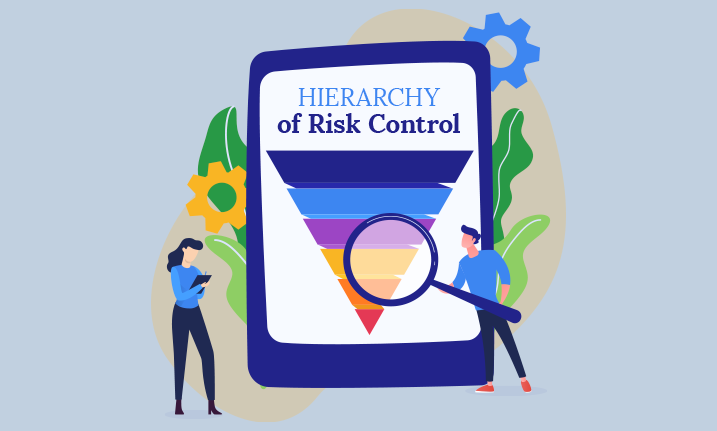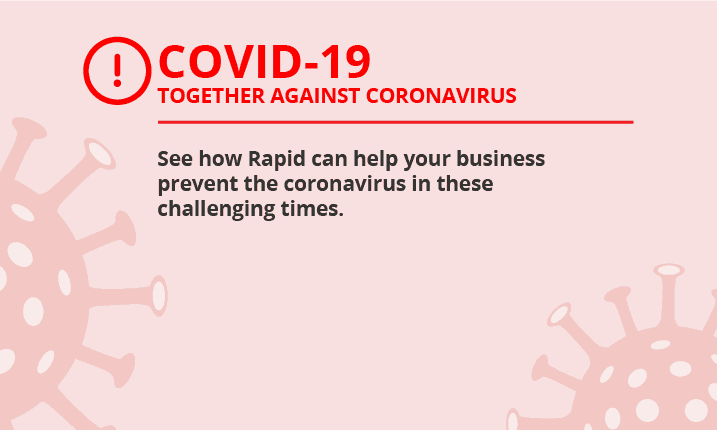

An effective risk management system has three important elements. First, tools to streamline the risk identification and assessment process. Second, the ability to have multiple users and assign responsibility for risk areas, hazards, and corrective actions (in real-time). And finally, instant access to a range of fully customisable reports.
In this blog, we’re focusing on risk reports — why they’re so important, and the key people in your organisation that need to use them. Risk reports are no longer huge paper documents that have been stapled together and thrust at the top of an in-tray — they can be an emailed PDF, the dashboard view of a smartphone App, or a live update from your risk management software.
Risk information for contemporary business
Risk reporting in the past was often a mere formality. Big fat paper reports with coloured tables and risk scores spelled out in fancy terminology — sometimes they were more an exercise in documentation that practicality.
But modern day businesses require meaningful reports that can support informed decision-making. Risk reports on a regular basis keep senior management and the executive committee up-to-date on how emerging risks will impact business objectives. They can also help line staff, supervisors, and departmental managers understand the safety hazards that are impacting their job role or area of responsibility. Reports should be customised to match job roles.
Risk reporting to Board of Directors
The company’s Board of Directors have legal responsibilities to ensure the principal risks facing the organisation are identified — and control measures are put in place to manage the impact of those risks. And because directors usually don’t have an active role in the day-to-day operations of the company, they need reports that focus on the big picture (rather than individual hazards).
We suggest:
| Include it | Forget it |
| Report that summaries the top 10-15 risks facing the business (eg, financial risk, security risk, workplace safety risk). | Long lists of every site hazard. |
| Current action plan for a critical risk (eg, succession plan for a key manager). | Jargon, acronyms and advanced terminology. |
| Unpacking an emerging risk and what it means for the business. (eg, increasing the number of hazardous chemicals on site will change the site’s chemical storage class). | Unexplained dashboards, charts, and graphs. |
Company executives
CEOs, General Managers and other executives are responsible for the daily operations of the business. They need access to risk reports to support the decisions they make every day, plus have information on-hand to demonstrate compliance or update the Board.
We suggest:
| Include it | Forget it |
| Master list of all risks categorised by risk area (eg, financial risk, security risk, workplace safety risk). | Detailed action logs for individual hazards (unless requested). |
| Risk dashboards (eg, show the risk owner, status and key activities currently being undertaken) | Unexplained risk scores, charts and graphs. |
| Unpacking recommended control measures for emerging hazards (eg, costings on larger Dangerous Goods storage facilities) | Long list of individual hazards. |
PROJECT RISK: reports should be generated for key projects that indicate the level of risk within the scope of the project. Project risk reports might include loss of a key manager, supplier delays, price increases for essential materials).
Risk owners
Risk owners are the people who are accountable for specific risks in the organisation. It could be the HSE Manager who is responsible for safety and compliance risk, a kitchen supervisor who is responsible for the maintenance of commercial cooking and cutting equipment, or a financial controller who oversees cash flow and liquidity risks. Risk owners need detailed reports that help them monitor the effectiveness of control measures and report actions to senior management.
We suggest:
| Include it | Forget it |
| Detailed transaction logs of corrective actions. (eg, all safety incidents, training and maintenance, surrounding a meat cutting machine). | Hazard summaries and site master lists. |
| New risks and hazards that have emerged and could impact the risk owner’s area of responsibility. (eg, the impending acquisition of an investment property will impact cashflow). | Jargon, acronyms and advanced terminology. |
| Measurable improvements to safety that have occurred since the introduction of control measures (eg, reduction in nursing staff injuries since the purchase of additional lifting aids) | Dashboards, charts and graphs. |
Key supervisors, WHS representatives
Supervisors and line staff who have WHS responsibilities need to be kept informed of risks and hazards in their work areas. They won’t gain much value from a long report that uses lots of technical terms and relies heavily on risk scores and acronyms. The guys on the floor just want to know what’s unsafe and what’s being done about it.
This is where live risk management software is so beneficial. Your supervisors and WHS Reps can be actively involved, reporting a hazard live in the field or receive a notification via a smartphone app when they are assigned a corrective action.
Supervisors and WHS Representatives are also expected to report the status of hazards and safety concerns back to their co-workers and subordinates, so they’ll need risk reports that support this responsibility.
We suggest:
| Include it | Forget it |
| Details of assigned corrective actions. (eg, line supervisor to organise replacement guard for a cutting machine) | Hazard summaries and site master lists. |
| Control measures that are in progress that impact their area of responsibility (eg, replacement of all SITE A hearing protectors and face masks) | Jargon, acronyms and advanced terminology. |
| Rather than printed reports, allow your key frontliners access to the live system, to track the progress of risks and hazards in real time. | Dashboards, charts and graphs. |
DID YOU KNOW? Rapid Risk, Rapid Incident, and Rapid Auditor give your key people access to a range of fully customisable reports and action logs? Even better these software programs seamlessly integrate with other Rapid applications including contractor compliance, site training and inductions.
Would you like to find out more about how Rapid systems can be configured for strategic risk reports that cover all the risk information you need for your key managers or the executive team? Get in touch with our savvy tech team today and request a free demonstration of Rapid Risk — and don’t forget to ask how to seamlessly integrate your audit and incident reporting functions. Get in touch today.







